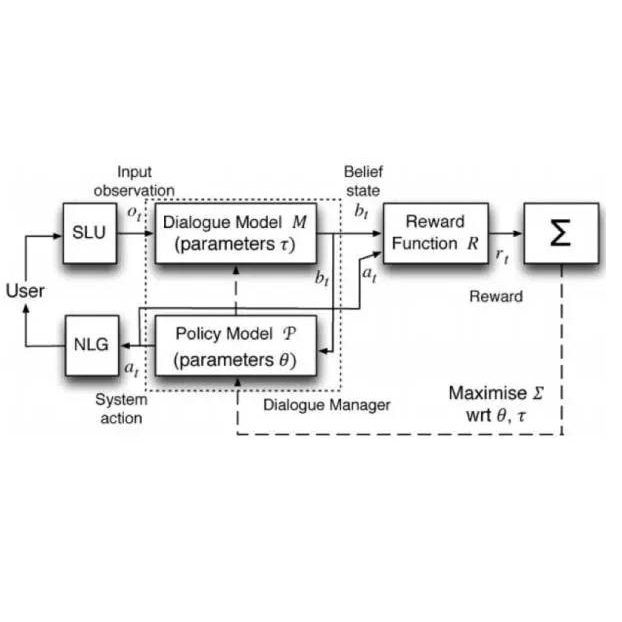Many socio-linguistic cues are used in conversational analysis, such as emotion, sentiment, and dialogue acts. One of the fundamental cues is politeness, which linguistically possesses properties such as social manners useful in conversational analysis. This article presents findings of polite emotional dialogue act associations, where we can correlate the relationships between the socio-linguistic cues. We confirm our hypothesis that the utterances with the emotion classes Anger and Disgust are more likely to be impolite. At the same time, Happiness and Sadness are more likely to be polite. A less expectable phenomenon occurs with dialogue acts Inform and Commissive which contain more polite utterances than Question and Directive. Finally, we conclude on the future work of these findings to extend the learning of social behaviours using politeness.
翻译:许多社会语言的提示用于对话分析,如情感、情绪和对话行为。一个基本提示是礼貌,语言上拥有诸如社会方式等有助于对话分析的特性。本文章介绍了礼貌的情感对话行为协会的结论,我们可以将社会语言倾向之间的关系联系起来。我们确认我们的假设,即与情感阶级愤怒和厌恶的言论更有可能是不礼貌的。与此同时,幸福和悲哀更可能是礼貌的。对话行为的信息和沟通,比问题和指令更具有礼貌的言论,出现了一种不那么理想的现象。最后,我们总结了这些结论的未来工作,以便利用礼貌来扩大社会行为的学习。




